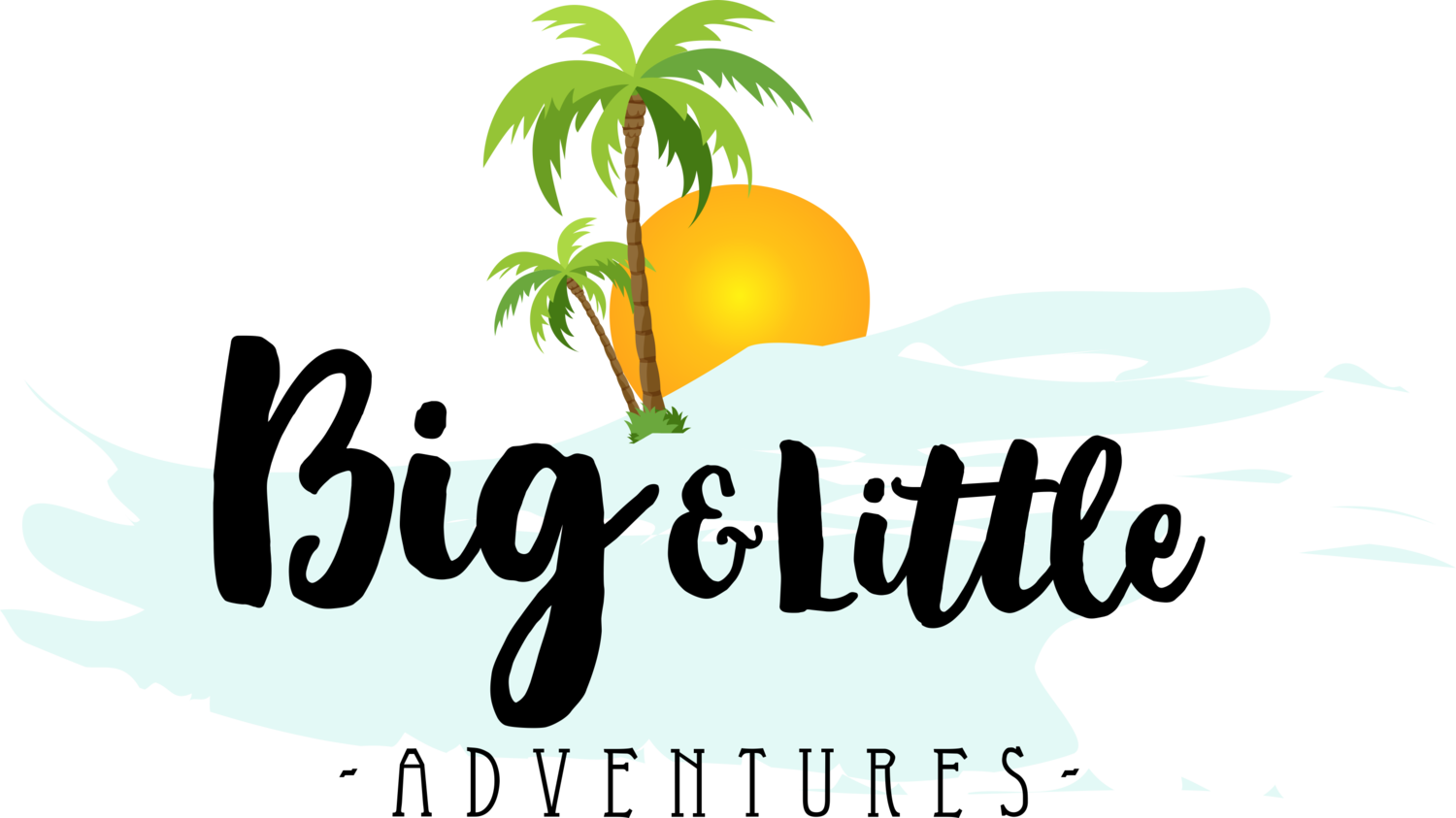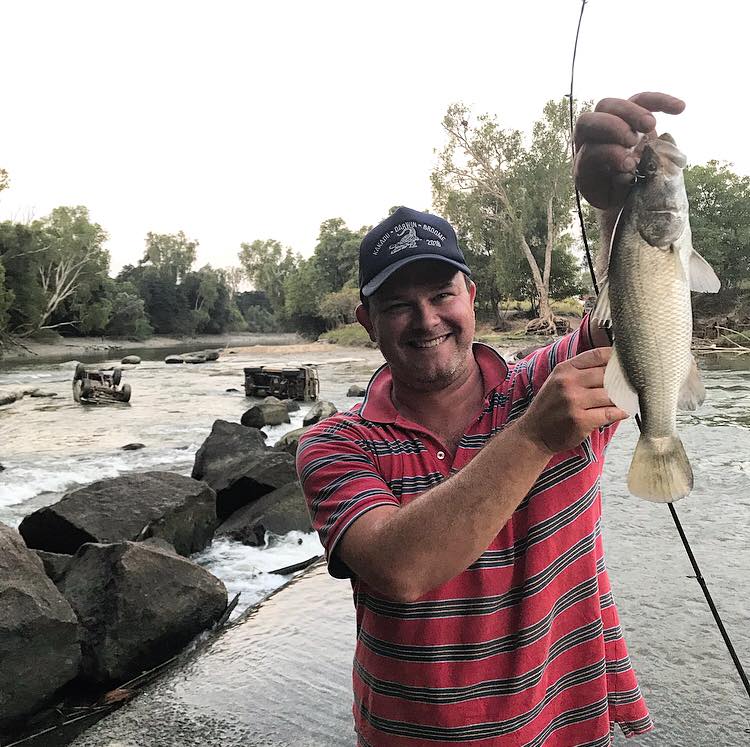Kakadu
Kakadu. The name alone inspires a feeling of wonderment and intrigue. A yearning to learn more about the mystical Aboriginal Dreamtime and to discover the magic of the Australian bush and its landscape.
Every time I heard the name ‘Kakadu’, I literally broke out in goosebumps. Exploring Kakadu has always been very much on the top of our bucket list, so when it was finally time for us to go, we were full of excitement and anticipation!
When planning your trip we would highly recommend you take a 4wd vehicle to truly be able to experience the beauty and diversity of this National Park. Without a 4wd, you will simply won’t be able to visit some of Kakadu’s most prized gems. Indeed, I’m sad to say that some people have referred to Kakadu as ‘Kakadon’t’ as they clearly didn’t experience all that Kakadu has to offer. What a travesty…
If a 4wd vehicle is not possible, perhaps you can jump on a tour which will take you to some of Kakadu’s hotspots.
DAY 1: We arrived into World Heritage-listed Kakadu National Park around lunchtime. After stopping to do the touristy thing of posing with the welcome sign, we made our way to our first stop, Gunlom Campground. The main road though Kakadu is bitumen, but to get out to some of the best bits, you will need to travel on dirt road. The road out to Gunlom was rough so we stopped about 2km in and let the air out of our car and caravan tyres. It was reasonably smooth after that and we spent the time looking out of the window at the beautiful landscape unveiling before our eyes, slowing right down every time we crossed a creek, eyes peeled for crocs!
**I’d like to take a moment to talk about crocodiles for those who are interested. All over Kakadu and our Top End you’ll see Crocodile warning signs everywhere. We’ve got Freshwater and Estuarine (Saltwater) Crocodiles. If the sign says Estuarine Crocodiles inhabit the area, under no circumstances should you go anywhere near the waters edge and absolutely DO NOT get in the water. If it’s just home to Freshwater Crocodiles, it’s up to you. We will swim in rivers and waterholes with Freshies, but do so at our own risk. However, they generally will not harm you unless you take them by surprise or if you intimidate them. Usually at first sign of a human approaching, they will swim right away from you and keep to themselves. Freshwater Crocodiles typically grow to around 1.5 metres but Saltwater Crocodiles can be huge (up to 4 or 5 metres long and growing!). Before a cull in the 1970’s there were crocodiles in excess of 6 metres in length. Since the cull, the crocodile population in the Top End has increased from an estimated 3000 to over 100,000 crocodiles!**
The Gunlom Campground has hot showers, flushing toilets, bbq’s and washing up facilities. At time of writing, camping fees in Kakadu National park are $15 per night per adult and $7.50 per child. A family is $38. Quite often, the caretakers at each campground will come around and collect the fees otherwise they are placed in the envelopes provided in a box somewhere in the campground. Park passes can be purchased from the Rangers while out and about or at the Rangers Station. Park passes are $25 per adult, $12.50 per child (5-15 years) and $65 for a family (2 or more kids). If you’re a Northern Territory resident, it’s free.
After setting up camp, we went off to explore Gunlom Falls. We had a swim in the billabong at the base of the falls before making our way up to the top to check out the smaller falls and little swimming holes. It takes about 15-20 mins to hike to the top and it’s a good little workout but not too strenuous.
Swimming in the Gunlom Plunge Pool at the base of the falls.
Oh the view when you get to the top! The pools were divine and the refreshing infinity pool was a welcome surprise. We loved it so much we hiked back up early the following morning, for a champagne at sunrise!
Early morning at the top of Gunlom Falls.
DAY 2: After leaving Gunlom (we really would have loved the whole day here) we headed to Maguk (otherwise knows as Barramundi Gorge). You can park your car and then it’s about a 1km walk (it’s a combination of dirt path, sand and rock hopping) before you arrive at the gorge. This is a great place to go for a picnic and to just spend the day swimming and relaxing. Time was not on our side however, so it was on to the next spot!
Maguk (Barramundi Gorge)
Next up, we drove to Jabiru for supplies (there is quite a large supermarket there) and also a visit to the Northern Land Council’s office for a permit to drive into Arnhem Land the following day.
We then made our way down to Cahill’s Crossing. We had heard a lot about this notorious landmark on the East Alligator River. At high tide, the road from Kakadu across to Arnhem Land becomes completely submerged. Many a vehicle has come to grief in these waters and the threat of being made a tasty meal by one of the huge resident Salties (crocodiles) is very real. In the wet season, there are 100’s of crocodiles per kilometre in this area. A viewing platform has been built for the purpose of viewing these crocodiles and getting close to the action without jeopardising safety.
Check out this awesome You Tube clip of crocs in action at Cahills’ Crossing –
https://m.youtube.com/watch?v=8ojzUCDR6lg
Notorious Cahill’s Crossing.
Ben and the kids each caught their first Barramundi at Cahill’s Crossing.
Nearby Cahill’s Crossing is Ubirr Rock Art Gallery. This is not a shop! It’s a beautiful walk and lookout featuring heaps of indigenous art and incredible views. Think ‘Lion King’ when Rafiki presents baby Simba to the animal kingdom. It’s also staggeringly beautiful at sunset.
Late that day, we pulled up at Merl Campground. You absolutely need to have a decent mosquito repellent and coils for this campground. The mozzies here were next level!! They were honestly so bad, we quickly ate our meal and all went off to bed! Nothing would keep them away and I reckon we all ate at least 12 of them in our dinner. You can’t really avoid this place if you’re camping up this way though, as it’s the only official campground in the area.
DAY 3: The next day we rose bright and early for the Guluyambi River Cruise. We highly recommend this tour. Run by Indigenous people from Arnhem Land, it was an absolute treat! The tour groups are only small (we had 12 in our group when we went) and we chose a morning departure. Our Aboriginal tour guide, Neville, grew up on the river & was very knowledgable about the area & the Saltwater crocodiles. We saw over 16 of them from babies to 4.4 metres long & got within a few metres of some of them in our boat. We also learnt about the trees growing along the river that are used for medicine, food & weapons & we all tried green ants (which are very citrusy & actually quite good!)
On board the Guluyambi River Cruise. You can get up quite close to the crocodiles!
Neville our tour guide, showing us how to make a paintbrush out of Freshwater Pandanus.
Next we crossed over Cahill’s Crossing and headed into Arnhem Land (you must have a permit to do so) and visited Injalak Arts which is a gallery where you can not only purchase locally made crafts, art and clothing but you can also watch the artists in action. Everything from creating the dyes to dyeing the materials and creating the finished product. It was a great to immerse ourselves in the ancient culture of the Aboriginal Community in this region. In actual fact, Arnhem Land is apparently the home of the world’s oldest civilisation, dating back 50,000 years!
A local artist in action.
From Arnhem Land we headed back across the river to find our next destination. We enjoyed a lovely walk through Nourlangie Rock to check out some more rock art (a lot of it is very well preserved) and it’s well worth a visit.
Some of the beautiful rock art to be found at Nourlangie Rock.
We set up camp near Cooinda at Mardugal 2 Campground. There is also a campground within the grounds of Cooinda Lodge, but we preferred to camp a short distance away to avoid camping too close to others as it was peak season for tourists (June).
DAY 4: We rose early once again for a sunrise Yellow Water River Cruise. This is very touristy (4 boats of approx 50 people on each boat) but a great way of exploring the wetlands of Kakadu. I’m glad we did it, even if it was highly commercial. We saw some beautiful birds, pigs, buffalo and crocodiles and the guides were very knowledgable and informative. Our tour included a buffet breakfast in the lodge afterwards.
Sunrise on the Yellow Water River Cruise.
The wetlands are teeming with beautiful flora and fauna.
Then it was time to leave to make our way up to Darwin. We really could have done with another few days in Kakadu, but our fridge had blown up and we needed to get to BCF in Darwin who had another one plugged in and ready to go upon our arrival!
One thing we really wanted to do was visit Jim Jim Falls as it’s apparently spectacular. We’d also like to spend a bit of time exploring Arnhem Land as it is a very beautiful, untouched and sacred part of Australia.
We plan to return in a couple of years to tick off the rest of the list. We also stopped at many beautiful lookouts during our time in the park. We’ve just highlighted our favourite spots for now!
Options for travelling to Kakadu if you’re short on time or don’t have your own 4wd vehicle and camping setup.
Fly to Darwin and pick up a hire 4wd vehicle and rooftop camper/ off road camper trailer/caravan and drive to Kakadu (approx 2 hours drive from Darwin).
Pick up hire 4wd vehicle and do day trips to sites using Cooinda Lodge (most central accommodation) as a base.
Pick up hire car/motor home from Darwin and stay at Cooinda Lodge or campground and just explore bitumen access only sites or hop on a tour.
Hop on a tour from Darwin.
We hope you love this beautiful part of the world as much as we did!
















